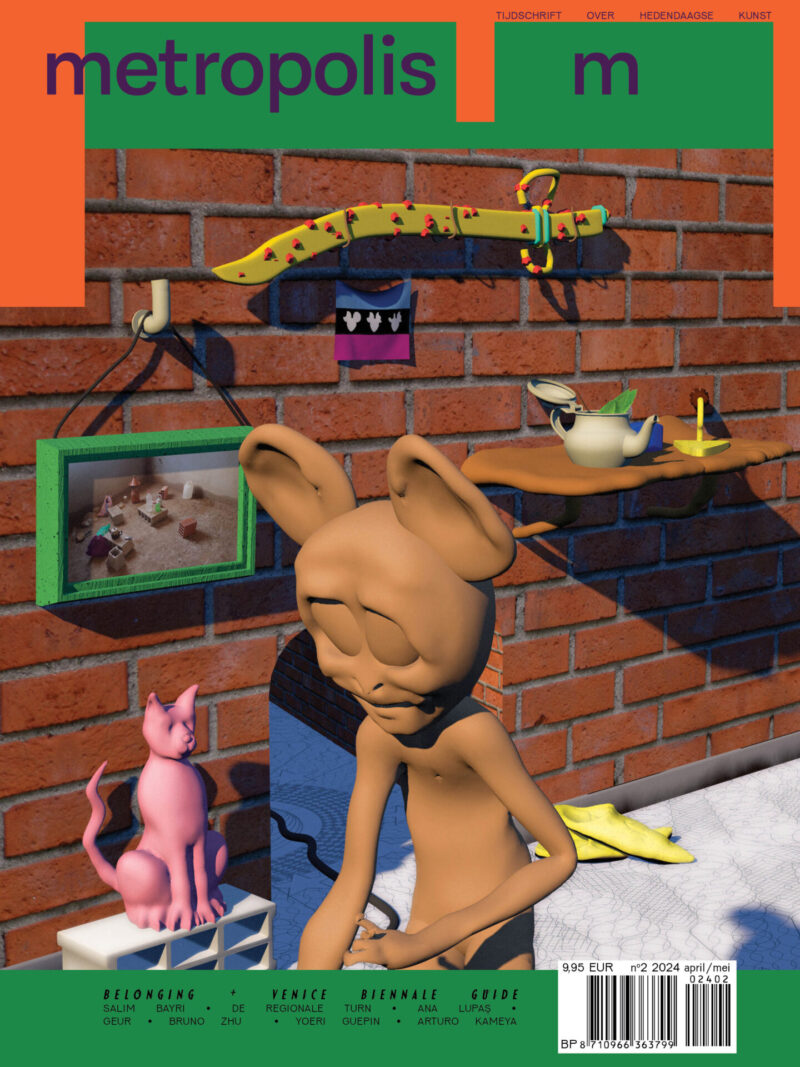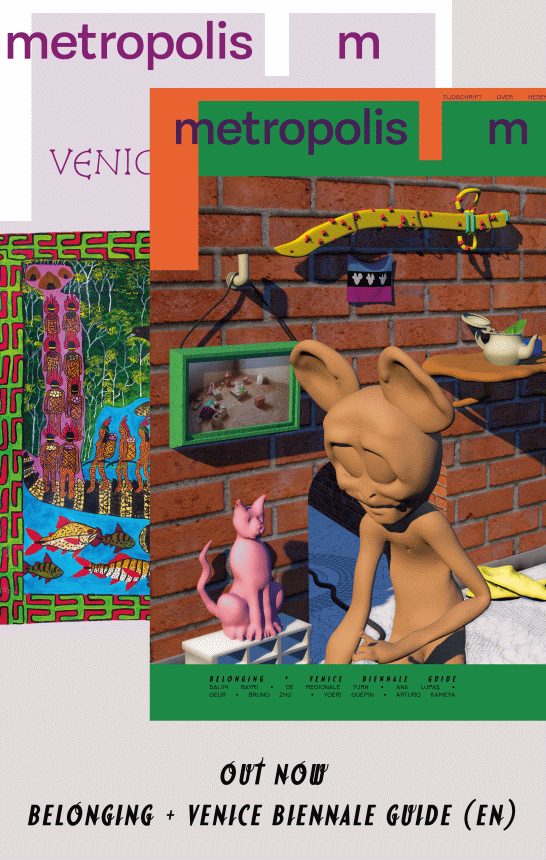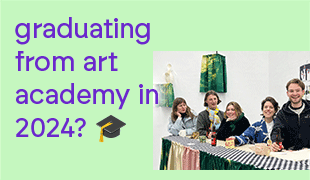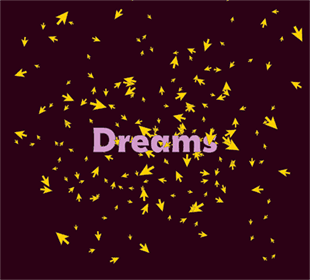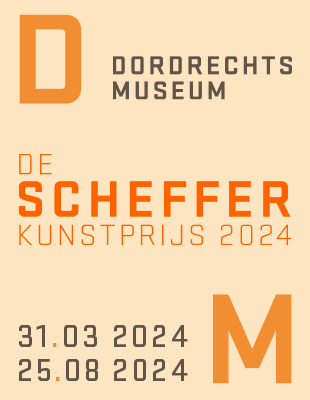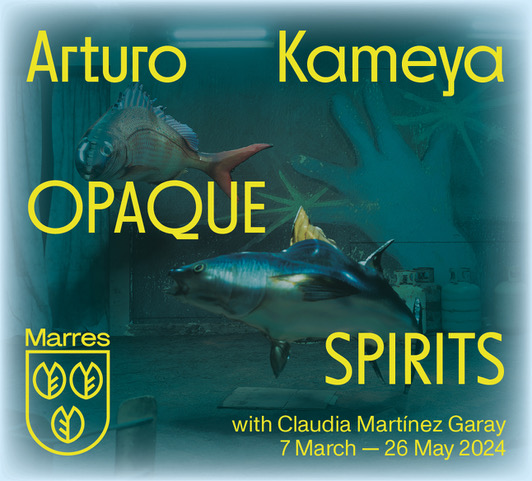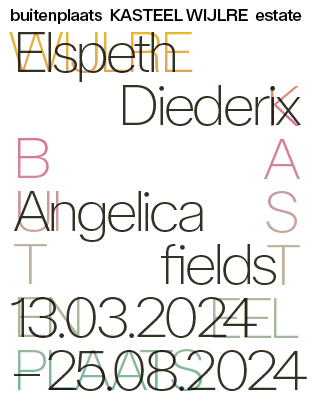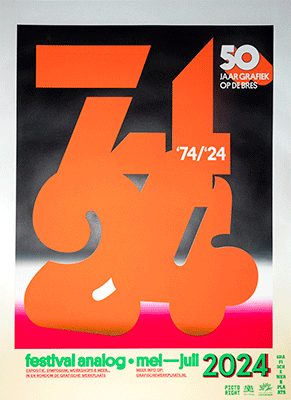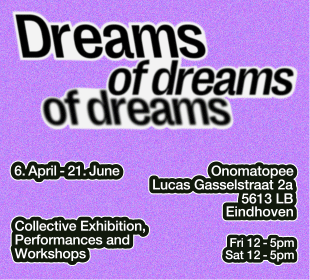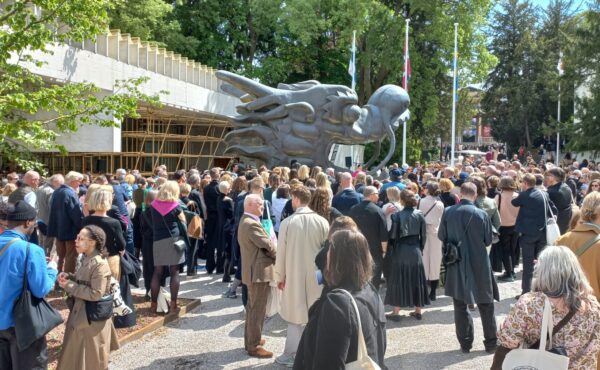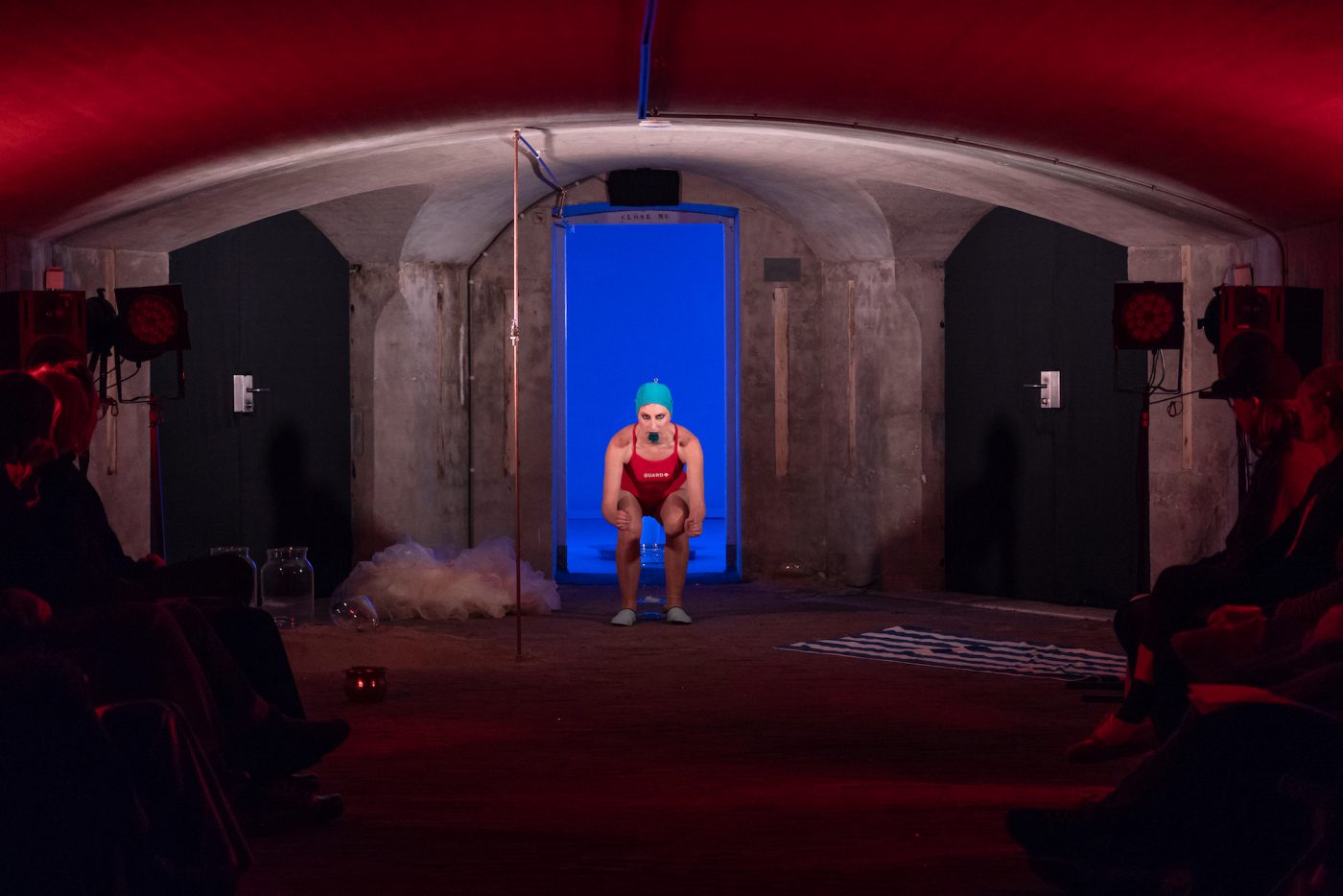
MPA, ‘Fire for Water’, Kunstfort bij Vijfhuizen, 15 and 16 October 2021. Photo: Konstantin Guz, courtesy If I Can’t Dance, I Don’t Want To Be Part Of Your Revolution
To Keep the Fire Alive – MPA at Kunstfort bij Vijfhuizen
‘Theater comes from fire’, says American artist MPA, and their performance and exhibition at Kunstfort bij Vijfhuizen is all about keeping that fire alive. Arnisa Zeqo talked to MPA and jumped on the bus of If I Can’t Dance to experience their work within the thick walls of a former bunker.
Carmina non prius audita Musarum sacerdos virginibus puerisco canto
I the Muse’s priest shall sing to (you) virgins and boys, songs yet unheard
Horace, Odes 3.11 – 3.1.4
‘Theater comes from fire’, says MPA to me over a drink at Café Saarein in Amsterdam, articulating on how humans gather around fire to receive warmth, visions and stories. MPA is a visual artist working with performance and based in Los Angeles. Her works deals with feminist legacies and with how power structures are manifested into the body and human experience. We met earlier this week to discuss their performance that had taken place at Kunstfort bij Vijfhuizen on 15 and 16 October 2021. Titled Fire for Water, the performance was commissioned by If I Can’t Dance, I Don’t Want to Be Part Of Your Revolution and was curated by Sara Giannini in dialogue with Zippora Elders and Frédérique Bergholtz. The remains of the performance form a new installation that is currently on view at Kunstfort until 5 December 2021.
Fire for Water is the result of two years of research within the broader context of If I Can’t Dance’s Edition VIII program on ‘Rituals of Display’ (2019 – 2021) and was developed through weekly zoom calls between Los Angeles and Amsterdam during the pandemic. As part of the research process, earlier this year MPA also spent a whole week ‘living’ in the bunker where the performance ultimately took place. Kunstfort bij Vijfhuizen, now an art space, is in fact a complex of concrete fortifications that were built at the end of the 19th century as part of the former defense line of Amsterdam.
As visitors, we get a glimpse of the different indoor and outdoor spaces that constitute this location. We meet at the offices of If I Can’t Dance in Amsterdam and are handed over a mysterious timed script that lists three moments: ‘beach waves to, the dream at the fort, follow the hen to the end’. We then enter a bus that brings us to Kunstfort. Around twenty of us listen to a playlist of pop music and sea waves compiled by MPA and chat immersed in a school trip atmosphere. As we arrive, we are welcomed by the curator and the organizers and walk through the green grass and trees that grow around and above the bunker. Suddenly, I see a fire of wood burning in a large metal basin. As we arrive at the doors of the bunker, we are invited to take off our coats and enter. Inside, a diffused red neon light gives vision to an elliptically set line of chairs, as if we were to attend a fashion show.
[blockquote]MPA appears wearing a wide fluffy creamy skirt with ruffles, a blue cylindrical hat and a blue beard
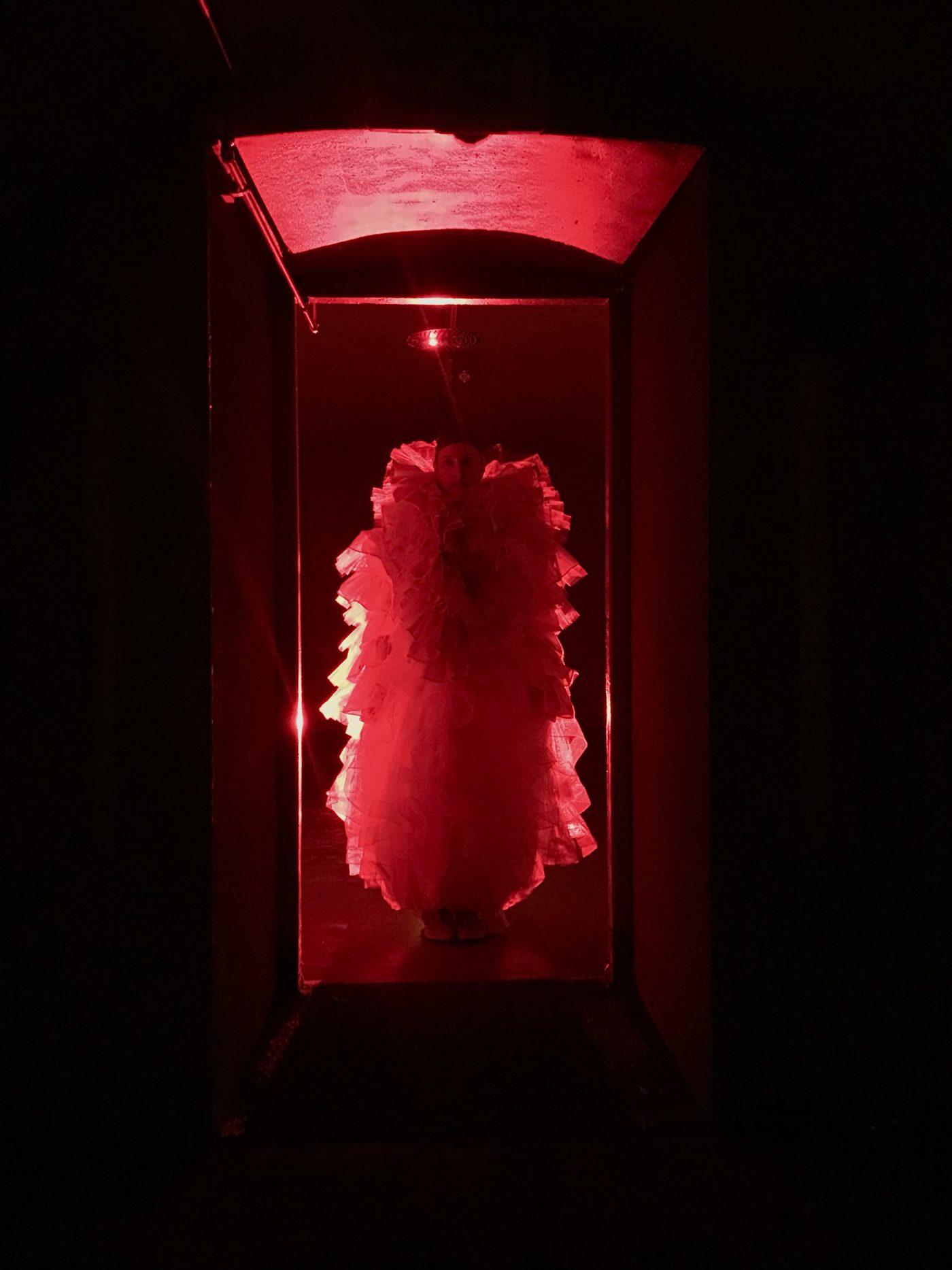
MPA, 'Fire for Water', Kunstfort bij Vijfhuizen, 15 and 16 October 2021. Photo: Konstantin Guz, courtesy If I Can’t Dance, I Don’t Want To Be Part Of Your Revolution
A moment to get comfortable. Silence. Light off. Music on.
MPA appears wearing a wide fluffy creamy skirt with ruffles, a blue cylindrical hat and a blue beard. She moves jars of glass at the far end of the bunker, slowly undulating, and starts coming towards the chairs. She begins dancing in concentric movements, coming closer and moving away, shaking a piece of fur in her hand.
Lights go off. A pre-recorded voice over speaks: ‘Something is coming together. There is an otherness, foreignness in coming to each other. I feel you, but you are not known to me.’
And so, it begins. 20 minutes of changing costumes, runaways, symbolic gestures and actions, all synchronized to an evolving landscape of lights and a sound track of music, chants and spoken words.
These acts could be part of a mysterious initiation, somewhere between ancient pagan beliefs and a personal mythology of the artist constructed through many years of practice. During the performance, I have to think of the Eleusian Mysteries, the religious rites of Ancient Greece, celebrating the rapture of Persephone and then ther reunion with her mother Demeter. These rites were known for their secretive initiations and that is what the poet Horace writes about in the citation above. A similar knowing and not knowing happens inside the bunker at Kunstfort.
At some point, the visitors are handed over small papers with the number 0 and I from a copper container. Their meaning is expressed covertly, as well as echoed by score cards that at various intervals are raised to confront the different characters evoked by the artist.
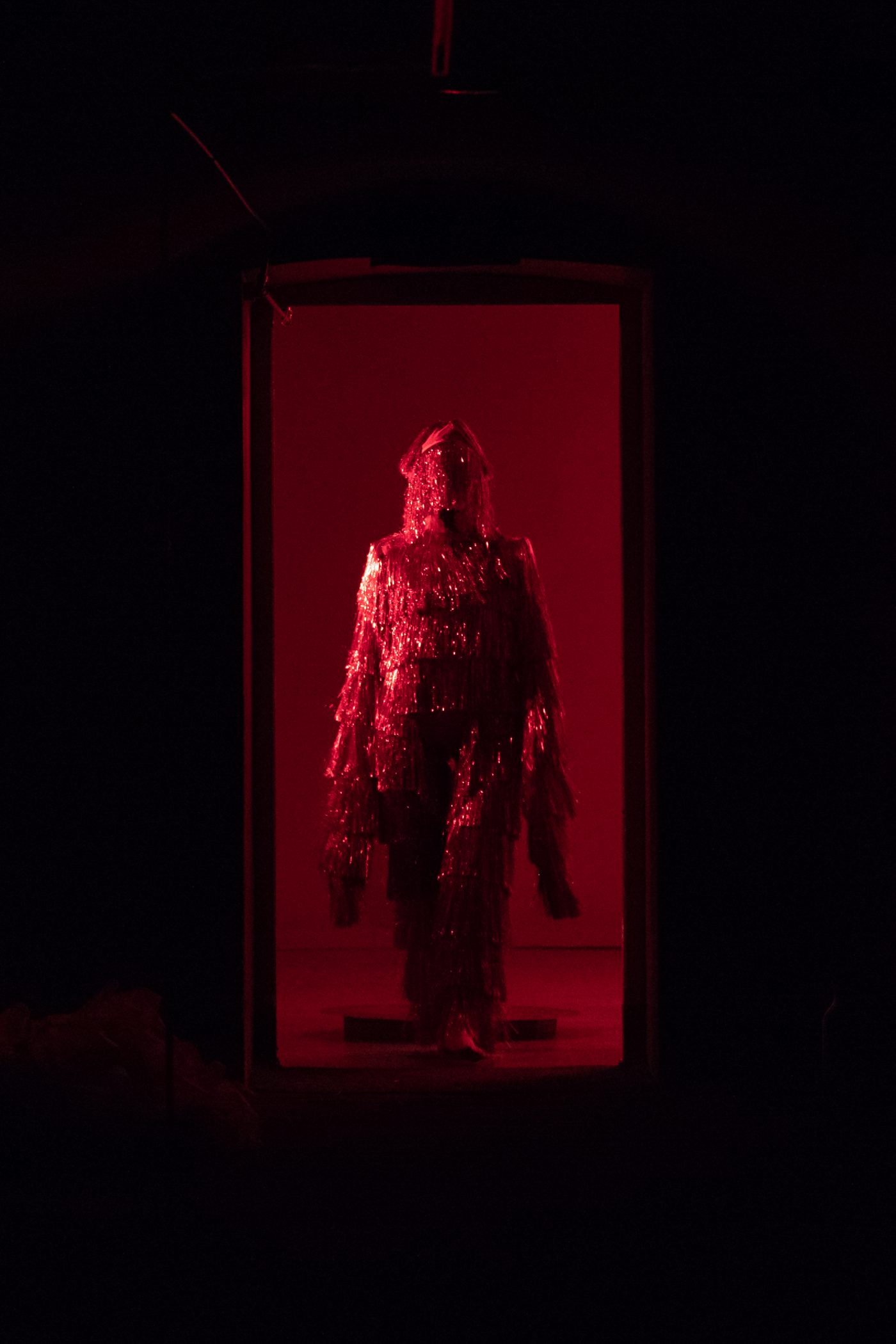
MPA, 'Fire for Water', Kunstfort bij Vijfhuizen, 15 and 16 October 2021. Photo: Konstantin Guz, courtesy If I Can’t Dance, I Don’t Want To Be Part Of Your Revolution
If there is fire outside protecting the space, inside the bunker there are elements of water: The jars –that are constantly filled with water from what looks like a newly installed copper piping system– the sound of peeing and an actual shower. There is one performer, but there are different characters moving on stage wearing different costumes, as if they would appear on one’s inner theatre of consciousness. These characters performed by MPA defy gender and have an archetypal cosmic quality. There is an armored body, with long steel legs and chest, receiving water from underneath a shower at the far end of the space. Still armored, even more so after the shower scene, this body of steel advances towards the audience, preparing for a battle that never happens and yet is constantly there. A large metal mirroring shield that just minutes before constituted the basin of the shower is taken up by the armored body as a means of protection. It is held tight, as the body approaches the audience once again. Running in a straight line, taking their position, pausing in poses of self-defense.
There is a body dressed in a red bathing suit that says ‘guard’; there is a body dressed in shiny red fringes, head covered, dancing and running frantically only to stop suddenly in full control at one end of the bunker. What is a bunker after all? A place for defense and offense, protection and ammunition, just as what the Kunstfort was before it became an art space. The cellar of the house where all the baggage of the past is kept. A deep chamber of the self where different characters live. A dungeon. An oubliette. A place of extreme vulnerability and enhanced control.
‘This is the story of two arrows’, the voice over says at some point, while the armored body, seemingly letting go of the need for protection, delicately moves the shield to refract light inside the darkness of the bunker. The voice asks us to imagine walking through the woods and being inflicted by an arrow. This first arrow stands for the initial pain and suffering. The second arrow is described as the suffering that one creates depending on their reaction to the pain of the first arrow. In this repeated story of two invisible arrows hitting the body, like a Saint Sebastian, pain and suffering are laid bare and overcome in the repetition from 0 to 1.
The cellar of the house where all the baggage of the past is kept. A deep chamber of the self where different characters live
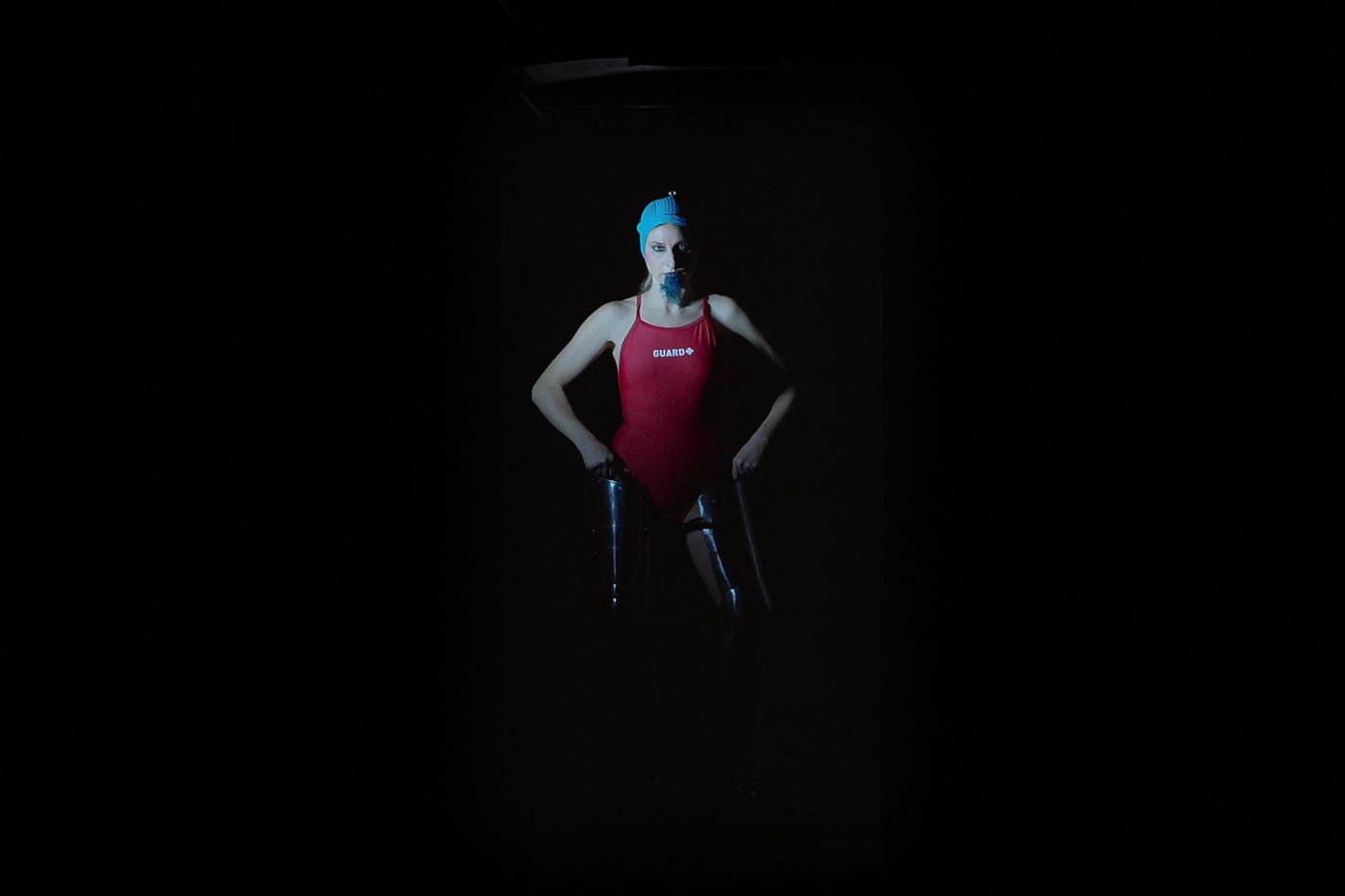
MPA, 'Fire for Water', Kunstfort bij Vijfhuizen, 15 and 16 October 2021. Photo: Konstantin Guz, courtesy If I Can’t Dance, I Don’t Want To Be Part Of Your Revolution

MPA, 'Fire for Water', Kunstfort bij Vijfhuizen, 15 and 16 October 2021. Photo: Konstantin Guz, courtesy If I Can’t Dance, I Don’t Want To Be Part Of Your Revolution
Outside the bunker the fire is burning, a fire-keeper attends to the embers. It is the fire-keeper that ends the dream of the fort by suddenly crossing the space with a wheelbarrow and a chicken. After moments of hesitation, we follow them (‘follow the hen to the end’). The fire, and our coats, are there to welcomes us and warm us against the darker evening sky. The fire keeper is artist Guadalupe Rosales. She has experience with keeping the fire alive over the course of several days. ‘Everyone has a different armor’ she tells me. We sit around and talk about the mesmerizing effect of the flames. Some people burn the 0 or I that was given to them during the performance. After some time, the bus brings us back to the city where the journey begun.
Many days have passed and the performance still lives in my conversations, like a revealed secret and an incantation. I speak about it in Naples with a group of young feminists, with friends in Amsterdam and with two artists sitting on a carpet at the Rijksakademie. Each time I talk about MPA and fire, my interlocutors bring memories of fire in their life. I want to learn how to keep the fire alive. To keep the fire alive means to have faith, to remember the hope that can transform the armors of the self within a perpetual war. Fire for Water.
Fire for Water is commissioned by If I Can’t Dance, I Don’t Want To Be Part Of Your Revolution and is co-produced with Kunstfort bij Vijfhuizen and Gessnerallee, Zurich. The performance took place on the 15th and 16h of October. The exhibition is on view until the 5th of December.
Arnisa Zeqo
is a writer, curator and educator based in Amsterdam. She is currently researcher in residence at the Rijksakademie